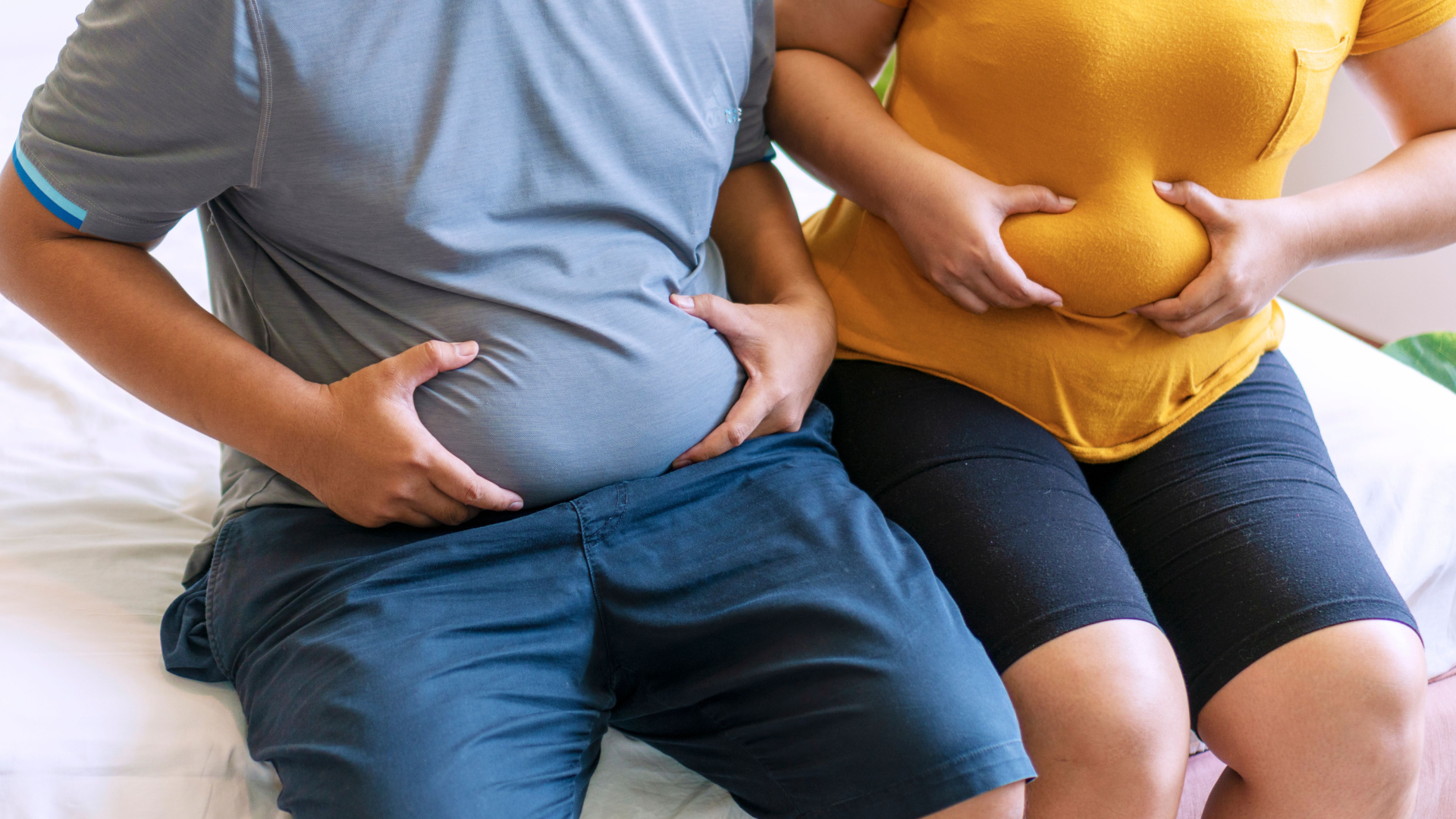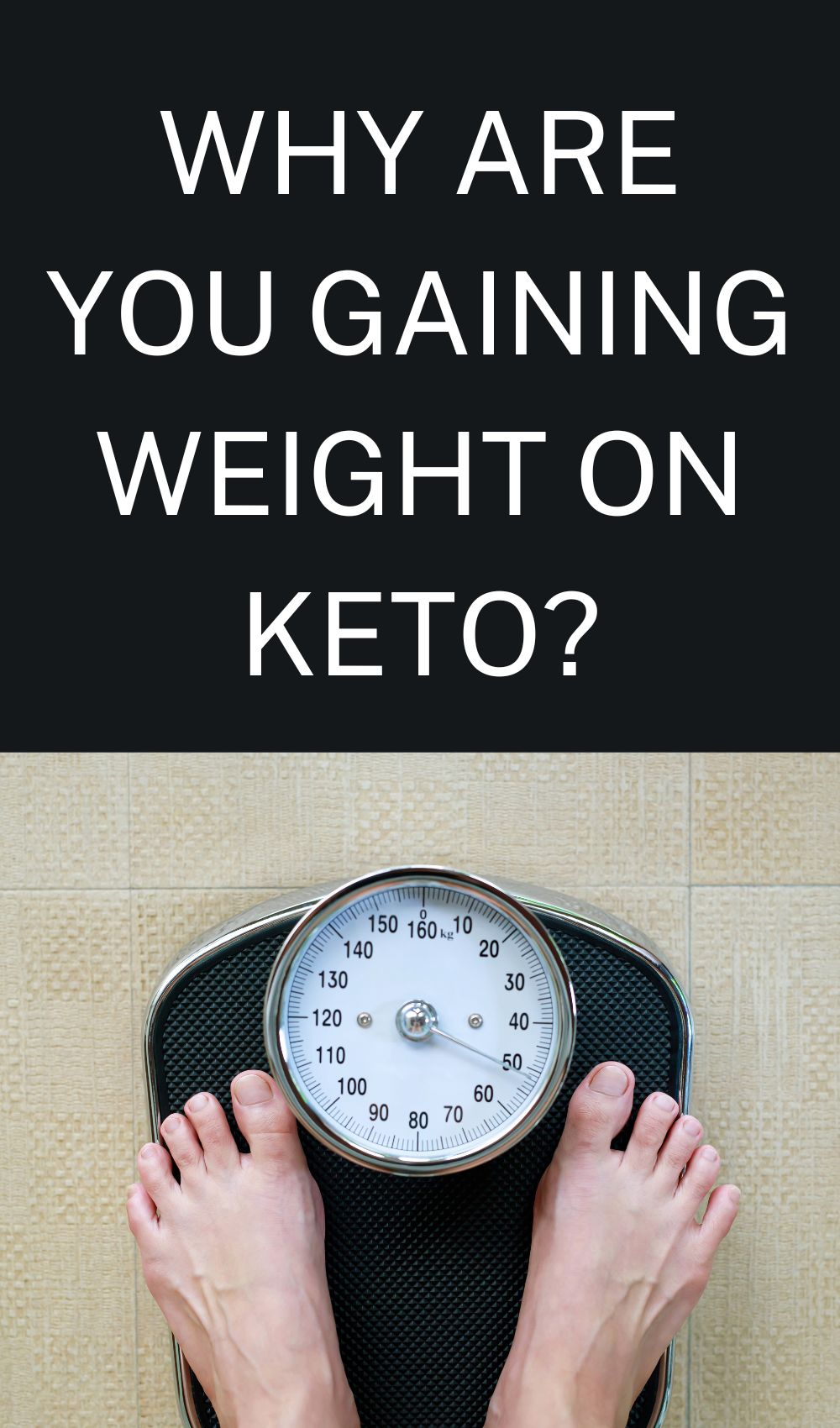Are You Gaining Weight on Keto? This Could Be Why
Everyone expects dramatic weight loss results when on the keto diet because of what’s been touted by those successful on it. But what if you’re in ketosis but gaining weight? Or maybe you’ve hit the dreaded keto plateau and can’t seem to budge the number on the scale. What gives?
I’ve been there, and I can tell you exactly what’s going on. Everybody’s body is different, but if you’re gaining weight while on the keto diet, it’s usually for one reason:
You’re eating more calories than you’re burning.
Keto isn’t a magic pill. You’re still going to have to watch your calories. Because it’s such a delicious diet, I mean, eat all the bacon, cheese and fat?! We get caught up in fat bombs and fancy recipes and quickly go over our calorie requirements for the day.
Here’s another truth bomb for you:
Give up the fat bombs
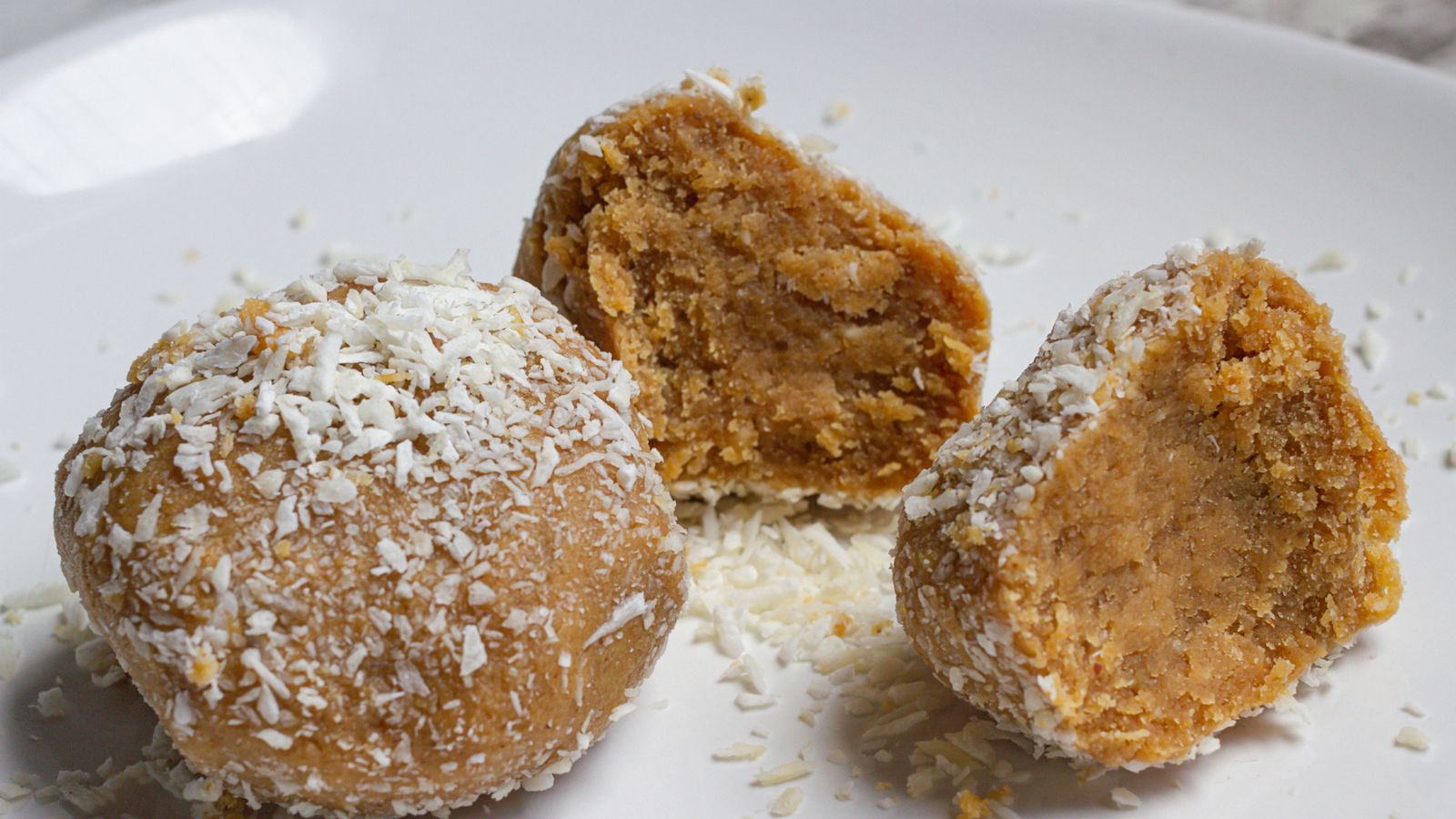 Pin
PinFat bombs are causing your weight gain or stall. So many of us think that we have to meet our daily intake of fat macros while on the keto diet, but the truth is that your body has more than enough fat stores to burn through.
There’s no need to feed it more fat. Eat fat to feel full, sure, but allow your body to burn through the fat stores that you have. Don’t overeat or load up on fat bombs to meet some magical macro figure that a keto calculator spits out for you.
Stay below 20g of carbs and eat moderate protein, but there’s no need to eat more fat than you need to feel full. If you’re below your fat macros for the day, great! That means your body will have a chance to use up some of the fat you’re carrying around.
Did you know that your body uses up the fat you eat first before it starts to use up the fat you have stored as energy? That means that if you’re eating enough fat every day to fuel your body, you will never burn through the fat you’re carrying around.
Hello, keto plateau.
Let’s break this all down.
What is Ketosis?
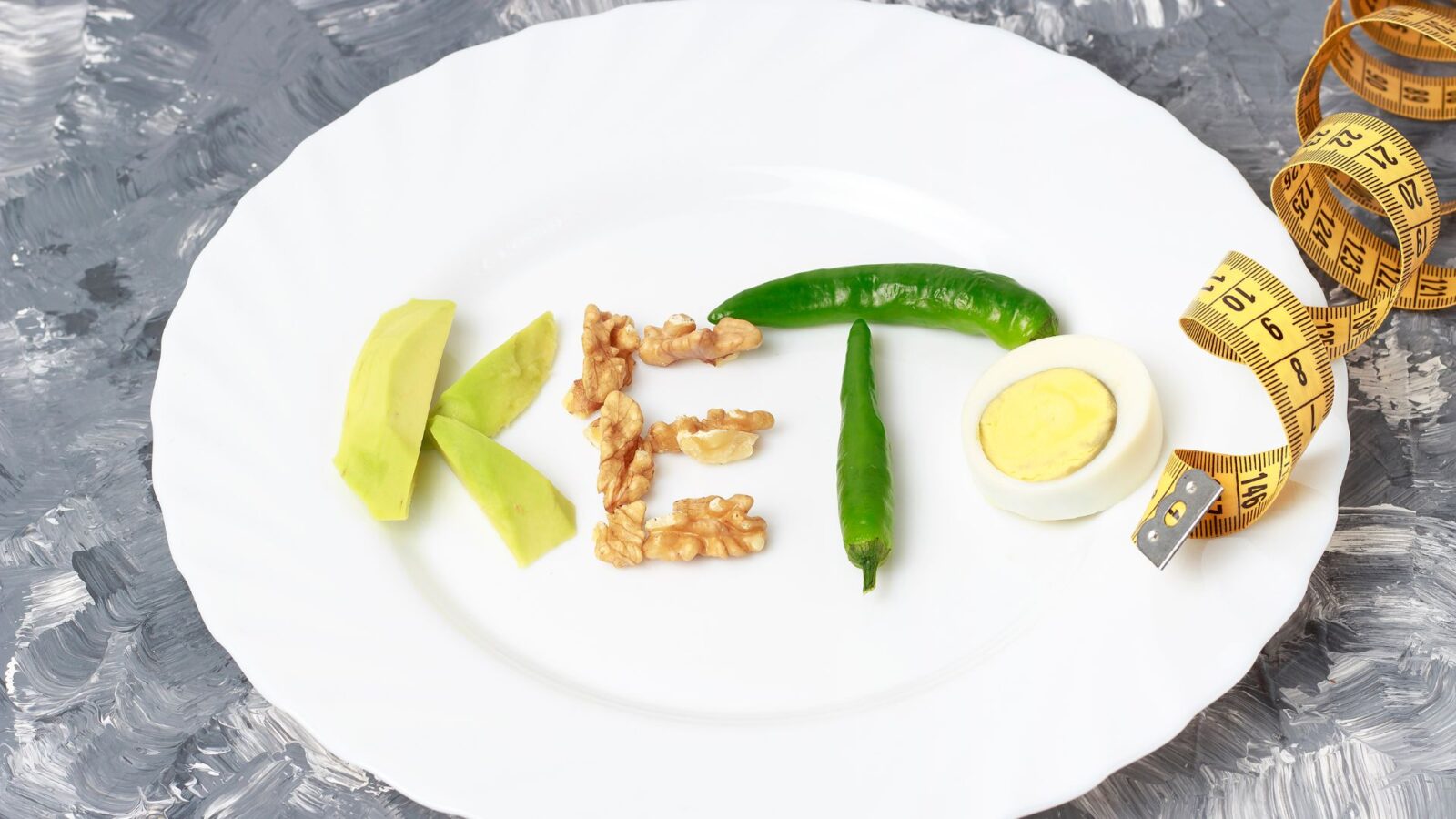 Pin
PinKetosis is a metabolic state where your body is depleted of glucose and switches to using fat as an energy source. You can enter this metabolic state by consuming less than 20g of carbohydrates per day or by using intermittent fasting.
By eating so few carbs, your body will turn to fat for energy since it’s no longer able to use glucose which it gets from carbs and sugar.
Using fat as an energy source has many health benefits we’re now learning and is a viable option for your body. There’s no need to consume carbs in the high amounts we’re used to.
Being in ketosis also allows you to consume a much higher amount of fat than you’re used to because you’re now using fat as an energy source to get through your day.
Of course, the quality of the fat is important and it’s still important to maintain a caloric deficit if weight loss is your goal.
This way of eating is just a little easier for lots of us because, thanks to being able to eat more fat, the food that we eat taste better and keeps us fuller for longer.
This means it’s easier to maintain long-term than a low-fat diet may be.
This one lesson was hard for me to learn because I have a heavy sweet tooth and though my cravings were reset on keto and I didn’t miss cake and chocolates at all, the moment I started making fat bombs, I couldn’t get enough. Sweets are addicting in any form, it’s best to avoid them and plan your indulgences.
Heavy whipping cream in my morning coffee was delicious but totally unnecessary. I made the switch to MCT oil powder in my coffee which is still deliciously creamy and has so many more benefits for a much better calorie trade-off. (Hey, use the code ONANDOFFKETO for 10% off your own MCT oil powder and see what I mean!)
The Usual Culprit When You’re In Ketosis but Gaining Weight
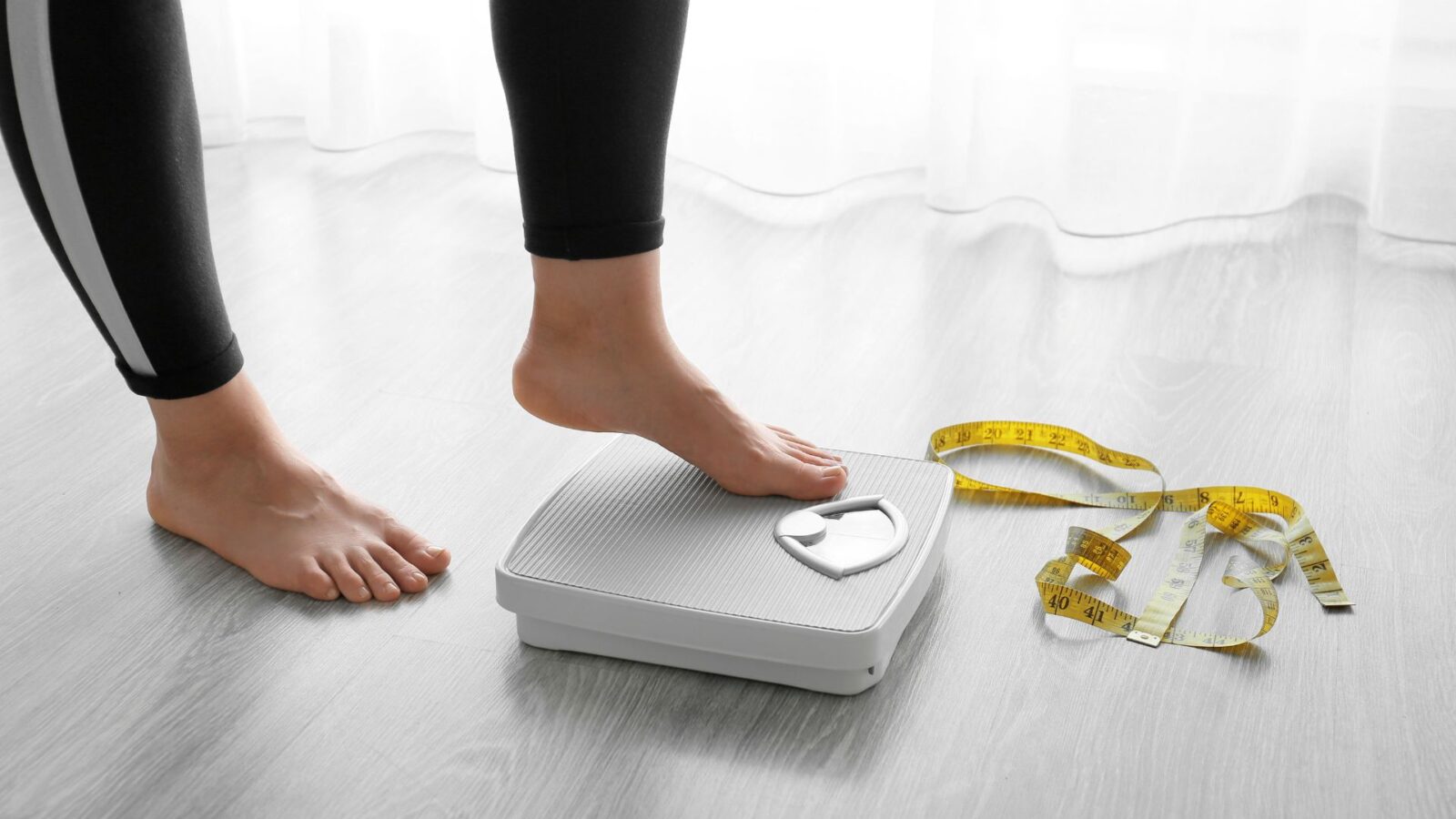 Pin
PinLike I said before, calories matter.
Most of us, when starting our keto diet, stumble upon the magical macro ratio:
70% fat, 25% protein and 5% carbs.
So we download fitness apps to track everything we eat and struggle to eat enough fat to maintain the above ratio. Even resorting to loading up on bulletproof coffee every morning and a fat bomb after supper to meet our fat macro goals.
This is totally unnecessary if your goal for being on the keto diet is weight loss.
You must allow your body to use some of the fat stores it has, and the only way it will get to do that is if you remain in a calorie deficit and stop eating so much fat.
I know the point of the keto diet is low carb, high fat. But always remember that the low-carb portion of that equation is the most important factor.
It is imperative that you stay under 20g of carbs. But there’s no reason to eat more fat than it will take to make you feel full.
If this sounds disappointing and you feel as if you’ll once again be eating low-fat foods, that’s absolutely not what I mean. Eat your eggs and bacon, eat your steak and spinach and absolutely eat your salmon and broccoli.
But do you need the cheese sauce with the broccoli? Do you need extra butter on the steak?
The truth is that eggs and sausages by itself is totally satisfying. Keto isn’t a magical pill, and it’s not an excuse to overdo it.
So Why Are Fat Bombs so Popular and Who Needs Them?
After a while on keto you WILL lose the weight and start to enter a stage where you’re in maintenance mode.
At this point it will become important to maintain your macro ratio so that you don’t continue to lose weight and so you have enough fat to use as fuel for your day.
Also, if you work out a lot or are otherwise very active, you may want the extra fat to help you push through your workouts. Or of course if gaining weight on keto is the goal for you then you will be able to eat all the fat bombs and mug cakes. Remember, keto has other benefits than weight loss so some people eat this way for health and really aren’t trying to lose weight in ketosis.
Fat bombs are great for a little treat but there’s no need to eat them every day to meet your goals. If your goal is to lose weight, fat bombs are actually being counterproductive for you and might be the one reason you’re not losing weight while on keto.
How to Break a Keto Plateau
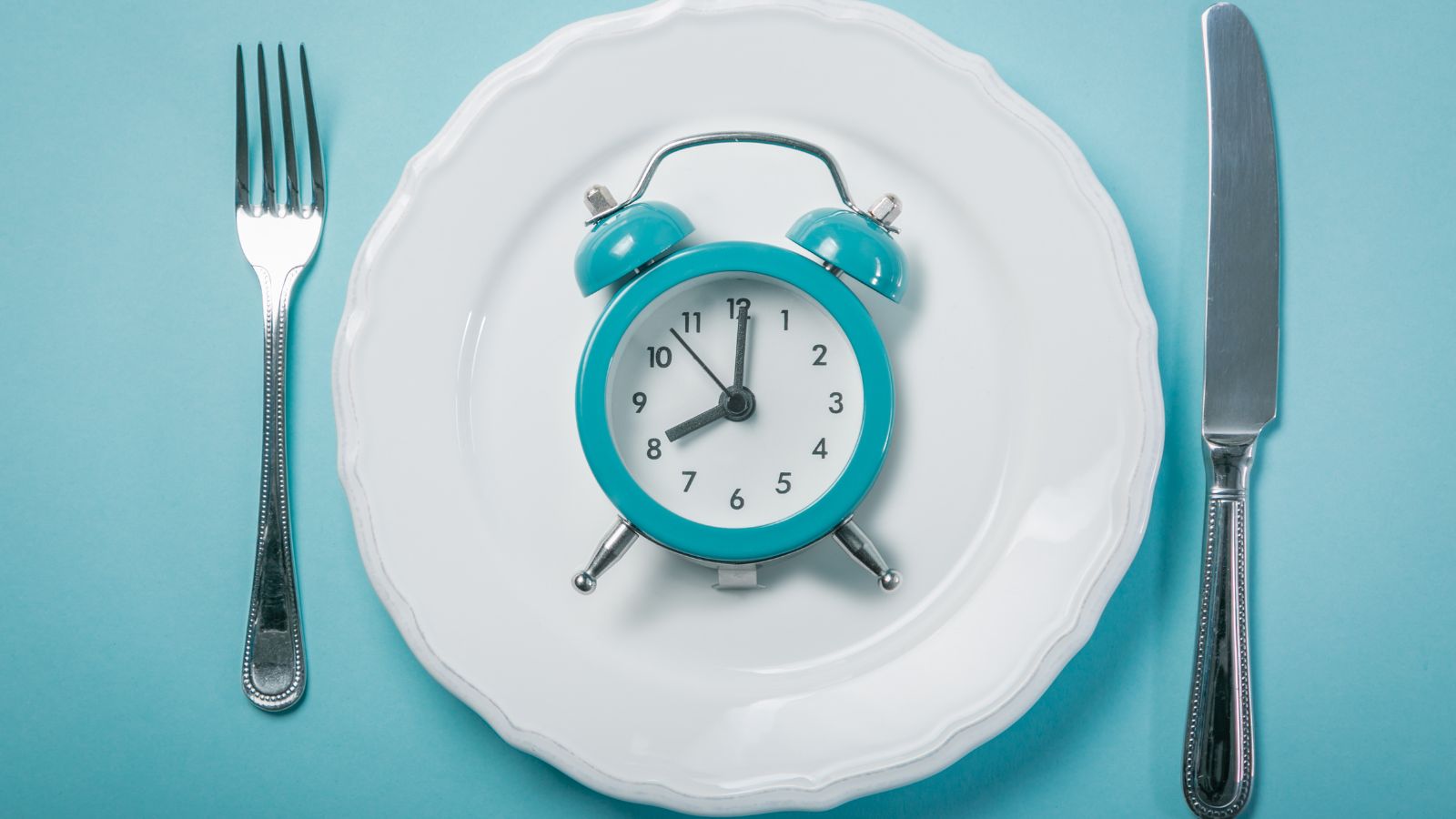 Pin
PinSo what to do when you’ve realized you’re weight loss has stalled on keto and you’re in ketosis but not losing weight or you’ve even begun to gain weight?
A fast.
Intermittent fasting, fat fasting, a beef and butter fast or an egg fast have all been touted to help reset your body and break through a stall.
I have tried an egg fast before and it seriously works to help reset your body and your tastebuds. Look up how to do this on Youtube. I’ll share my results here soon. I think I’ll try the beef and butter fast next. What the underlying principle is here is that if you’re in a keto plateau, your body has gotten accustomed to your daily eating and movement habits and needs a shakeup. Increase your physical activity, change your fitness routine and change your diet up to get your body going again.
Intermittent fasting is something I swear by. It has a number of benefits and the one I cling to is the fact that because I’m skipping an entire meal for the day, I’m allowed to indulge just a little more at mealtime and still not consume too many calories.
Intermittent fasting makes it really hard to overeat.
And when you’re intermittent fasting and in ketosis at the same time, then fasting becomes super easy because fat-adapted people don’t get crazily hungry like we used to do when we relied on carbs for fuel.
Because your body is using up your fat stores when you’re in ketosis, it’s getting what it needs even when you’re fasting and so you’ll feel slightly hungry sure but you won’t be that crazy person who needs a Snicker.
Tips for Starting Intermittent Fasting
Like I said, intermittent fasting and keto go hand in hand. Eating high fat makes it easier to skip meals because when you’re fat-adapted, meaning your body is now using fat for fuel instead of carbs, you have plenty fat to feed it. Therefore hunger pangs won’t be as severe.
To start intermittent fasting, decide which type best suits your lifestyle and determine what your eating window will be. I started with 16:8 and chose an eating window of noon to 8pm. That means I skipped breakfast, having my first meal at noon each day of the week. You want to make sure you know when you will eat, what you’ll eat, and how much.
Don’t go extreme on the first day. A 24 hour fast for your first time is just brutal. The benefits of fasting really kick in at 16 hours so you want to try and go with at least that one for your first few days. After that, you can squeeze your eating window to 6 hours, fasting for 18. Then do my favorite type of fast, the 20: 4. This means I’m really only eating one meal at 4pm and then a light snack at around 7pm if necessary.
Always listen to your body. The intermittent fasting method you are using might not work well for you, so if you notice any ill side effects, go back to your normal way of eating.
It is also important to keep up your electrolytes even when you’re fasting and to drink adequate water to stay hydrated. Adding pink salt to your water or taking your keto supplements will help you to stave off ill feelings.
Fasting is undoubtedly the best way to break a plateau, reset your body, get back into ketosis and start burning some of your fat stores again.
If you’re in ketosis and gaining weight or you’ve hit a plateau, give intermittent fasting a try.
